NIMBYism rears its aged head in Berkeley

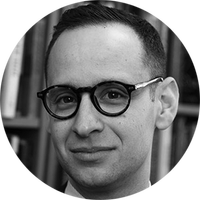
No college for you!
That's the message California's state Supreme Court sent to aspiring students at UC Berkeley. In a decision released Thursday, the court ruled in favor of local activists who challenged plans to increase enrollment at the most selective campus in the University of California system. Class size will be frozen at 2020-2021 levels, and at least 1500 admitted students will be asked to change their educational plans for next year (some may have their admission rescinded altogether).
The case is a particularly stark example of the "not in my backyard" (NIMBY) movements strangling development in many cities. In interviews, the leader of the campaign against enrollment increases has been clear that he simply does not want more residents — or buildings to house them — in Berkeley.
The Week
Escape your echo chamber. Get the facts behind the news, plus analysis from multiple perspectives.

Sign up for The Week's Free Newsletters
From our morning news briefing to a weekly Good News Newsletter, get the best of The Week delivered directly to your inbox.
From our morning news briefing to a weekly Good News Newsletter, get the best of The Week delivered directly to your inbox.
As a matter of both psychology and microeconomics, that makes perfect sense. Homeowners often chose particular neighborhoods or municipalities because they liked conditions at the time of sale. They also want their property values to remain as high as possible. Both attitudes are encouraged by tax policies and cultural habits that push Americans to treat houses as investment goods as well as places of residence.
When they're given veto power over other goals, though, those sentiments are a disaster. By constraining the supply of housing, NIMBYs create an obstacle to social and economic mobility for people who can't afford to live near jobs and other opportunities. Opponents of the Berkeley expansion plan argued that an influx of students would price out current low-income residents, while benefiting disproportionately wealthy students. Even if true, that's a consequence of the zero-sum situation created by the refusal to build, not increasing enrollment as such.
There's an important generational aspect to these tensions, too. Incumbent homeowners tend to be older than new residents or renters. As prices have risen, moreover, the median age of home buyers has also increased. The result is a political economy that benefits the old at the expense of the young. The Berkeley case has attracted national attention because it so vividly reflects that conflict.
You can find a similar pattern for other issues and in other parts of the world, too. Collapsing fertility rates, which may be correlated with rising housing costs, mean a future with many fewer workers relative to retirees. In order to maintain the same level of benefits, those workers will have to pay a higher portion of their income in taxes. It's gerontocracy as political economy.
A free daily email with the biggest news stories of the day – and the best features from TheWeek.com
It's easy to diagnose these pathologies. It's harder to change them so long as voter turnout rates, which are also correlated with homeownership and wealth, differ so much by age. Eventually they'll die, but in the meantime the baby boomer generation and even older Americans who continue to dominate our national life don't have much to worry about. The leader of the anti-enrollment activists in Berkeley? He spends half the year in New Zealand.
Samuel Goldman is a national correspondent at TheWeek.com. He is also an associate professor of political science at George Washington University, where he is executive director of the John L. Loeb, Jr. Institute for Religious Freedom and director of the Politics & Values Program. He received his Ph.D. from Harvard and was a postdoctoral fellow in Religion, Ethics, & Politics at Princeton University. His books include God's Country: Christian Zionism in America (University of Pennsylvania Press, 2018) and After Nationalism (University of Pennsylvania Press, 2021). In addition to academic research, Goldman's writing has appeared in The New York Times, The Wall Street Journal, and many other publications.
-
 Wake Up Dead Man: ‘arch and witty’ Knives Out sequel
Wake Up Dead Man: ‘arch and witty’ Knives Out sequelThe Week Recommends Daniel Craig returns for the ‘excellent’ third instalment of the murder mystery film series
-
 Zootropolis 2: a ‘perky and amusing’ movie
Zootropolis 2: a ‘perky and amusing’ movieThe Week Recommends The talking animals return in a family-friendly sequel
-
 The twists and turns in the fight against HIV
The twists and turns in the fight against HIVThe Explainer Scientific advances offer hopes of a cure but ‘devastating’ foreign aid cuts leave countries battling Aids without funds
-
 Will California tax its billionaires?
Will California tax its billionaires?Talking Points A proposed one-time levy would shore up education and Medicaid
-
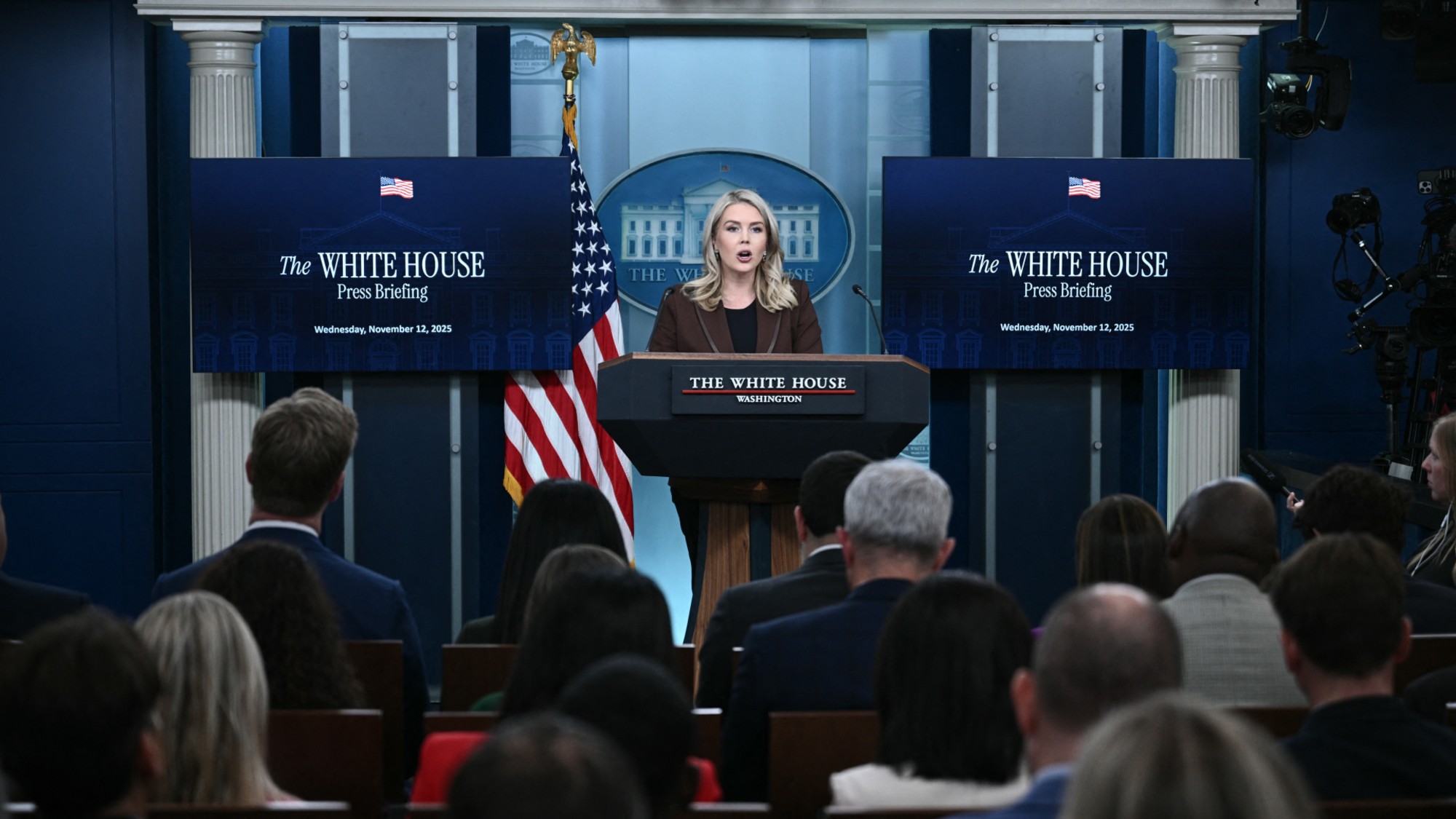 A free speech debate is raging over sign language at the White House
A free speech debate is raging over sign language at the White HouseTalking Points The administration has been accused of excluding deaf Americans from press briefings
-
 Is Trump a lame duck president?
Is Trump a lame duck president?Talking Points Republicans are considering a post-Trump future
-
 Has Zohran Mamdani shown the Democrats how to win again?
Has Zohran Mamdani shown the Democrats how to win again?Today’s Big Question New York City mayoral election touted as victory for left-wing populists but moderate centrist wins elsewhere present more complex path for Democratic Party
-
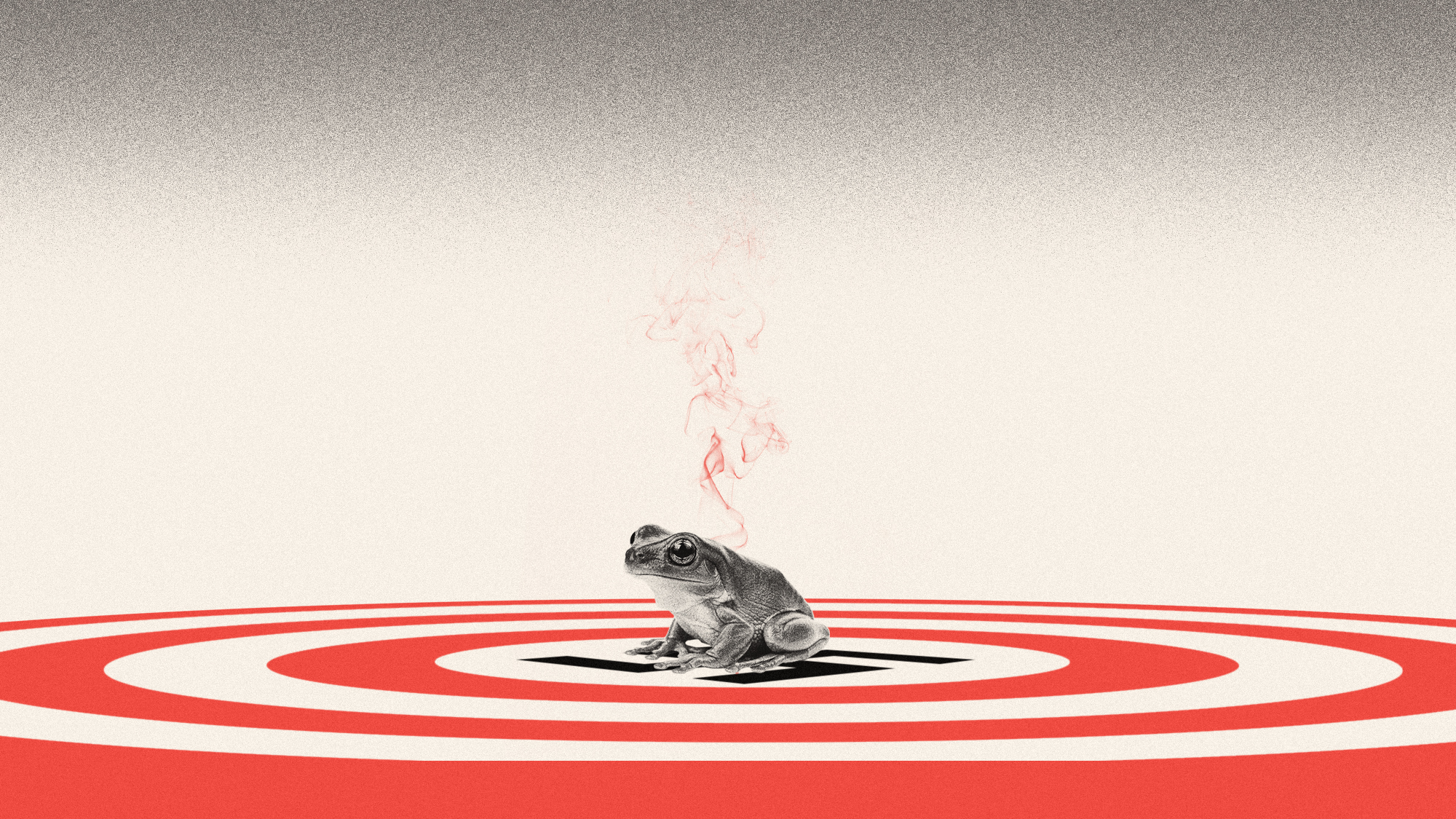 Nick Fuentes’ Groyper antisemitism is splitting the right
Nick Fuentes’ Groyper antisemitism is splitting the rightTalking Points Interview with Tucker Carlson draws conservative backlash
-
 Is Mike Johnson rendering the House ‘irrelevant’?
Is Mike Johnson rendering the House ‘irrelevant’?Talking Points Speaker has put the House on indefinite hiatus
-
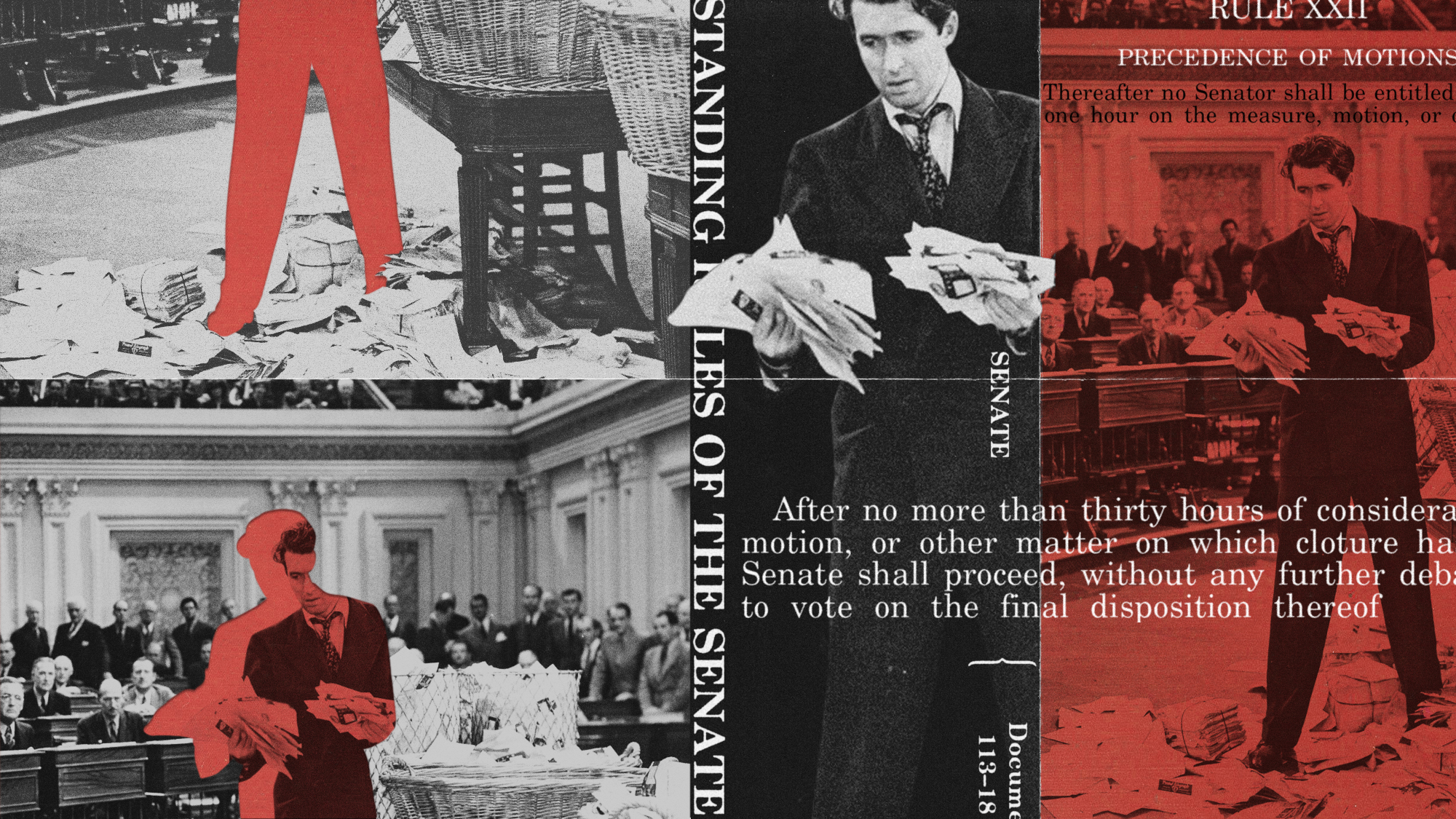 Will Republicans kill the filibuster to end the shutdown?
Will Republicans kill the filibuster to end the shutdown?Talking Points GOP officials contemplate the ‘nuclear option’
-
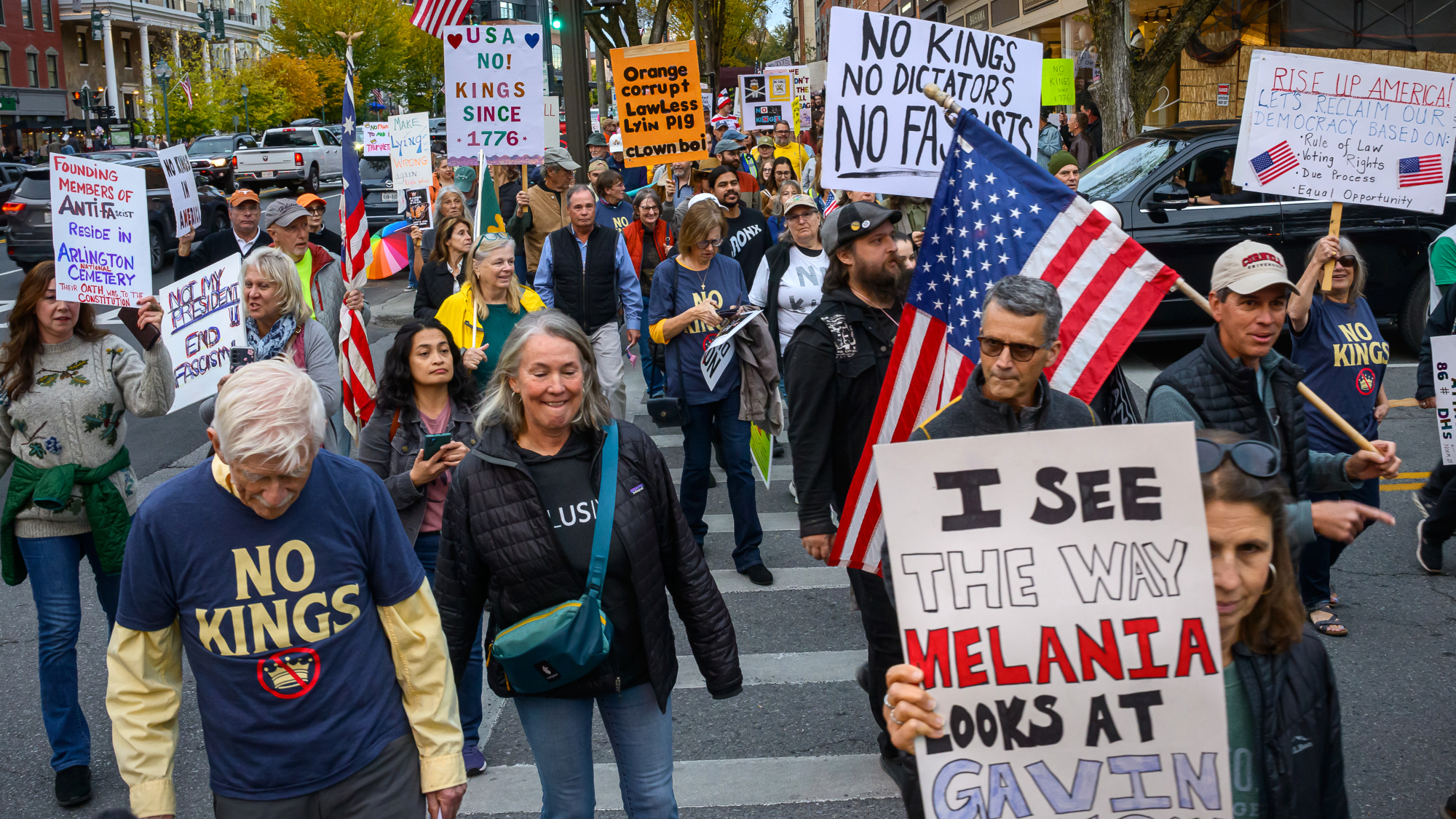 Millions turn out for anti-Trump ‘No Kings’ rallies
Millions turn out for anti-Trump ‘No Kings’ ralliesSpeed Read An estimated 7 million people participated, 2 million more than at the first ‘No Kings’ protest in June
